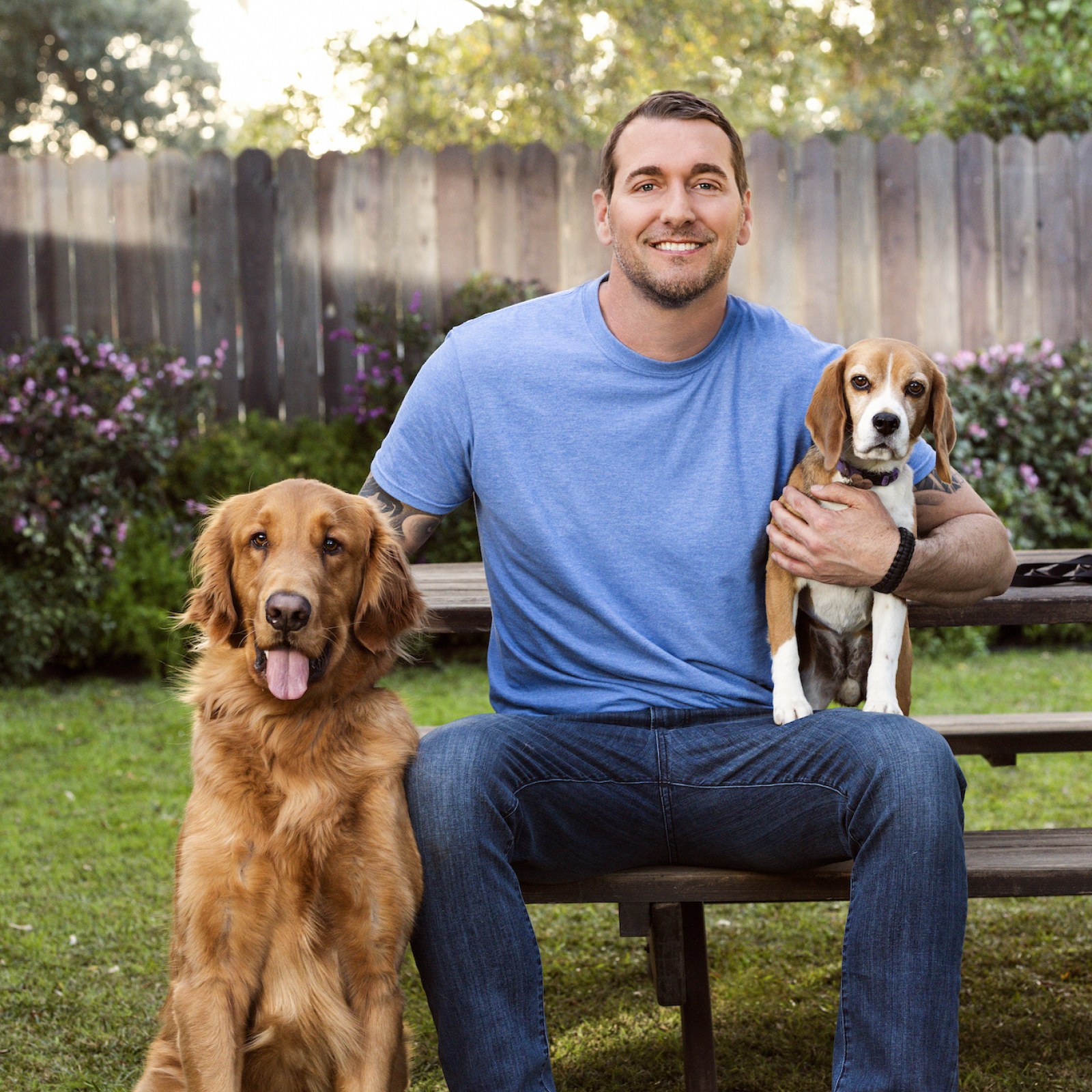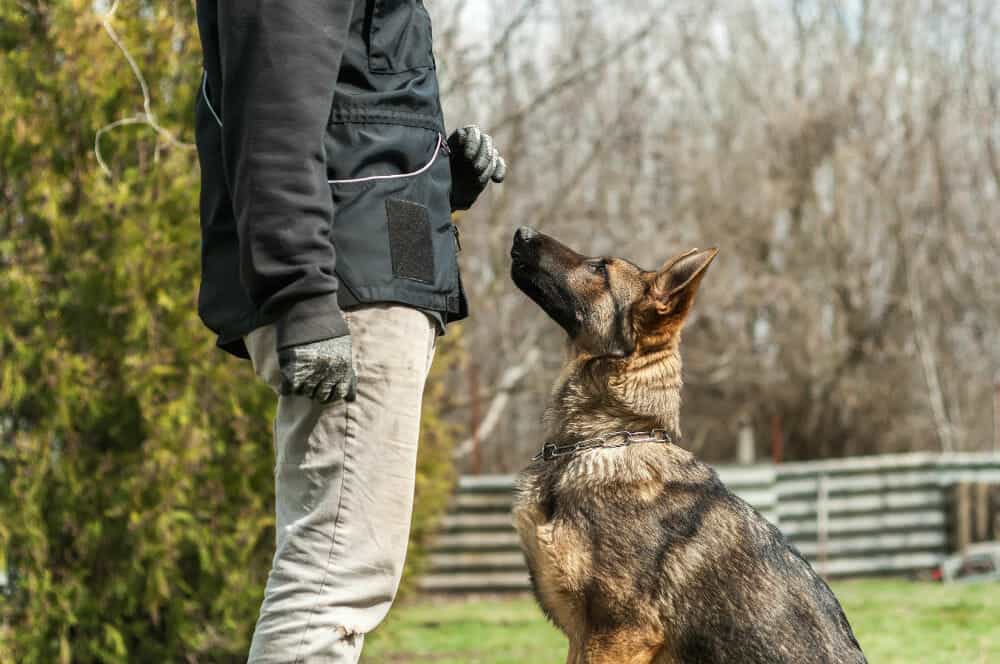Comprehending Dog Body Language During Dog Training
Comprehending Dog Body Language During Dog Training
Blog Article
Necessary Tips for Effective Dog Training: An Overview for Pet Owners
Reliable canine training is a multifaceted procedure that requires a strategic technique tailored to both the pet dog's character and the owner's purposes. Understanding just how to navigate these barriers can substantially enhance the training experience, inevitably transforming the partnership between proprietor and canine.
Recognizing Dog Actions
Comprehending pet habits is essential for effective training and cultivating an unified connection between dogs and their proprietors. Canines connect mainly with body movement, vocalizations, and activities, making it important for proprietors to analyze these signals accurately. Acknowledging a canine's stance, tail position, and ear positioning can give insights into its mood. A wagging tail does not constantly indicate joy; it can additionally signal exhilaration or stress and anxiety.

Socializing plays a substantial duty in pet dog habits; exposure to various environments, people, and various other pets can substantially affect a canine's temperament. Furthermore, factors such as type attributes and private character should lead training approaches, as some breeds may have specific behavior qualities that require tailored strategies. By comprehending these elements, proprietors can create an encouraging environment that urges positive actions, causing successful training results and a deeper bond with their family pets.
Establishing Constant Commands
Effective interaction with your dog starts with developing constant commands. This fundamental element of training is vital for fostering understanding between you and your pet. Consistency in the commands you use makes certain that your canine can reliably link particular words or phrases with the wanted actions.
When choosing commands, pick clear, unique words that are very easy to claim and differentiate from one an additional. Avoid making use of similar-sounding commands that may puzzle your pet dog. Utilizing "rest" and "stay" is appropriate, however "rest" and "hit" could lead to misunderstandings.
In addition, preserve the very same tone and volume for each and every command. Pet dogs are sensitive to vocal cues, so varying your tone can create confusion.
It is equally essential to guarantee that all relative get on the exact same page regarding the commands made use of. A united front in command use will protect against blended signals and enhance the discovering process.
Favorable Support Techniques
The power of positive support in pet dog training depends on its capacity to motivate desired actions with rewards and appreciation. This method is grounded in the concept that behaviors adhered to by positive outcomes are extra likely to be duplicated. By integrating favorable reinforcement right into your training program, you can effectively form your dog's actions in a constructive fashion.
To execute favorable reinforcement, it's essential to recognize what motivates your pet dog, whether it be treats, playthings, or spoken praise. When your pet carries out a wanted action, such as remaining on command, immediately award them with a reward or affection. This association in between the command and the positive result reinforces their understanding.
It's essential to timing the incentives correctly; providing the support within secs of the desired habits aids your canine make the link (dog training). In addition, consistency is essential-- make certain that all family members utilize the very same commands and reward systems to avoid complication

Progressively, you can reduce the frequency of deals with as your pet finds out the behavior, transitioning to praise or periodic benefits. This method not only fosters a solid bond between you and your canine yet likewise advertises a favorable discovering environment, making training a delightful experience for both.
Socialization and Interaction
Regularly exposing your canine to a range of atmospheres, people, and various other animals is crucial for their social growth. Socialization must start early, preferably throughout the essential home window of read this 3 to 14 Visit Your URL weeks, when pups are most responsive to brand-new experiences. Nonetheless, older pets can additionally take advantage of recurring socializing initiatives.
Present your pet dog to different settings, such as parks, pet-friendly stores, and urban locations. This direct exposure helps them adjust to numerous stimulations, minimizing stress and anxiety and worry reactions. Encourage favorable communications with other canines and people, making certain that these experiences are risk-free and controlled to promote confidence.
Utilize organized playdates with genteel pet dogs, as this can enhance your canine's social abilities and instruct them ideal actions. Obedience courses and training sessions additionally give exceptional opportunities for socialization, enabling your dog to engage with others in a supervised atmosphere.
Monitor your pet dog's body movement during communications, as this will aid you gauge their convenience level. Slowly raise exposure to even more challenging circumstances while making certain that each experience declares. A well-socialized pet is most likely to exhibit balanced actions, making them a joy to have in any type of setup.
Dealing With Typical Training Obstacles
Every canine owner will certainly encounter training difficulties eventually, no matter their dog's age or socialization degree. Recognizing common issues such as stubbornness, diversions, and terror can help in developing efficient approaches for renovation.

Progressively present diversions as the pet dog ends up being extra efficient in commands. Short, regular training sessions are likewise effective in maintaining focus.
Terror can impede a canine's knowing process. Steady desensitization to the resource of worry, coupled with positive support, can assist ease stress and anxiety. Patience is crucial; never ever require a dog right into a circumstance that causes distress, as this might aggravate the problem.
Ultimately, understanding and addressing these usual obstacles with an organized technique will foster an extra effective training experience, enhancing the bond in between pet dog and owner while promoting reliable knowing.
Verdict
In summary, effective pet dog training relies on a comprehensive understanding of canine actions, the establishment of regular commands, and the application of positive support techniques. Socialization plays a crucial function in developing well-adjusted family pets, while dealing with usual training challenges calls for patience and flexibility. By implementing these necessary strategies, family pet proprietors can promote a solid bond with their dogs and promote preferable behaviors, eventually bring about a harmonious connection in between humans and their canine buddies.
Recognizing dog behavior is necessary for reliable training and fostering a harmonious connection in between canines and their proprietors.Socialization plays a considerable role in canine behavior; direct exposure to numerous environments, people, and various other animals can dramatically impact a pet dog's personality.The power of favorable reinforcement in dog training lies in its capability to motivate preferred actions via look these up incentives and appreciation. By incorporating positive reinforcement into your training program, you can successfully form your pet dog's actions in a positive fashion.
In recap, effective pet training counts on a thorough understanding of canine actions, the facility of regular commands, and the application of favorable reinforcement methods.
Report this page